
David Livingstone was a Scottish physician, Congregationalist, pioneer Christian missionary with the London Missionary Society, and an explorer in Africa. Livingstone was married to Mary Moffat Livingstone, from the prominent 18th-century Moffat missionary family. Livingstone came to have a mythic status that operated on a number of interconnected levels: Protestant missionary martyr, working-class "rags-to-riches" inspirational story, scientific investigator and explorer, imperial reformer, anti-slavery crusader, and advocate of British commercial and colonial expansion. As a result, Livingstone became one of the most popular British heroes of the late 19th-century Victorian era.

The Zambezi is the fourth-longest river in Africa, the longest east-flowing river in Africa and the largest flowing into the Indian Ocean from Africa. Its drainage basin covers 1,390,000 km2 (540,000 sq mi), slightly less than half of the Nile's. The 2,574 km (1,599 mi) river rises in Zambia and flows through eastern Angola, along the north-eastern border of Namibia and the northern border of Botswana, then along the border between Zambia and Zimbabwe to Mozambique, where it crosses the country to empty into the Indian Ocean.

The Okavango River, is a river in southwest Africa. It is known by this name in Botswana, and as Cubango in Angola, and Kavango in Namibia. It is the fourth-longest river system in southern Africa, running southeastward for 1,600 km (1,000 mi). It begins at an elevation of 1,300 metres (4,300 ft) in the sandy highlands of Angola. Farther south, it forms part of the border between Angola and Namibia, and then flows into Botswana. The Okavango does not have an outlet to the sea. Instead, it discharges into the Okavango Delta or Okavango Alluvial Fan, in an endorheic basin in the Kalahari Desert. The Cuito River is a major tributary.

The Okavango Delta in Botswana is a vast inland delta formed where the Okavango River reaches a tectonic trough at an altitude of 930–1,000 m in the central part of the endorheic basin of the Kalahari.

Johan August Wahlberg was a Swedish naturalist and explorer. Wahlberg started studying chemistry at the University of Uppsala in 1829, and later forestry, agronomy and natural science, graduating from the Swedish Forestry Institute in 1834. In 1832 he joined Professor Carl Henrik Boheman, a famous entomologist, on a collecting trip to Norway. In 1833 and 1834 he travelled in Sweden and Germany on forestry research projects. He joined the Office of Land Survey and was appointed an engineer in 1836, becoming an instructor at the Swedish Land Survey College.
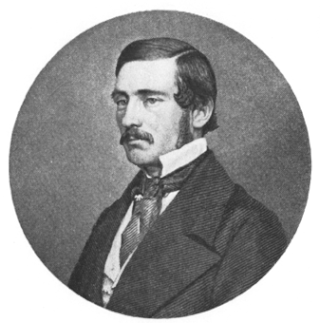
Karl JohnAndersson was a Swedish explorer, hunter and trader as well as an amateur naturalist and ornithologist.

Roualeyn George Gordon-Cumming was a Scottish traveller and sportsman, known as the "lion hunter". He was the second son of Sir William Gordon Gordon-Cumming, 2nd Baronet and Lady Eliza Maria Gordon-Cumming

(John) Thomas Baines was an English artist and explorer of British colonial southern Africa and Australia.

The Kalahari Basin, also known as the Kalahari Depression, Okavango Basin or the Makgadikgadi Basin, is an endorheic basin and large lowland area covering approximately 725,293 km2 (280,037 sq mi) — mostly within Botswana and Namibia, but also parts of Angola, South Africa, Zambia, and Zimbabwe. The outstanding physical feature in the basin, and occupying the centre, is the large Kalahari Desert.
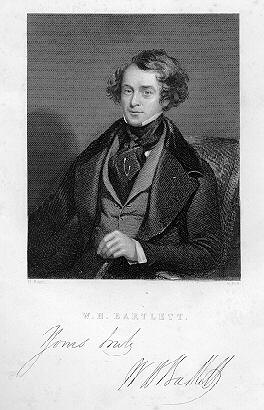
William Henry Bartlett was a British artist, best known for his numerous drawings rendered into steel engravings.
Frederick Thomas (Fred) Green was an explorer, hunter and trader in what is now Namibia and Botswana. From 1850 to 1853 he operated in the Lake Ngami area with his older brother Charles. After 1854 he was mainly based in Damaraland (Namibia).

Alfred Rudolph Waud was an American artist and illustrator, born and raised in London, England. He is most notable for the sketches he made as an artist correspondent during the American Civil War.
The Livingstone Memorial, built in 1899, marks the spot where missionary explorer David Livingstone died on 1 May 1873, in Chief Chitambo's village at Chipundu, near the edge of the Bangweulu Swamps in Zambia. His body was embalmed and his heart was buried there under a mpundu tree by his followers, now led by his loyal attendants Chuma and Susi, who then departed for the coast carrying his body. In their party was an Indian-educated African man named Jacob Wainwright who carved the inscription "LIVINGSTONE MAY 4 1873" and the names of the attendants on the tree.
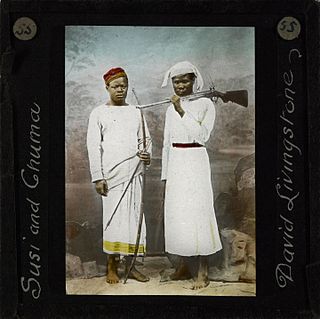
James Chuma and Abdullah Susi were people from central Africa who took part in the second Zambesi expedition led by the explorer David Livingstone, and were employed by him in his last expedition. They had significant roles in organisation, and were the first to greet Stanley when his search party made contact.

James Chapman, was an explorer, hunter, trader and photographer from the Cape Colony.
The Sua Pan or Sowa Pan is a large natural topographic depression within the Makgadikgadi region of Botswana. It is located near the village of Sowa, whose name means salt in the language of the San. The Sua salt pan is one of three large pans within the Makgadikgadi, the other two being Nxai Pan and Nwetwe Pan.
George Fleming was an African-American explorer and trader. A former slave, he accompanied David Livingstone in exploring northern Botswana and central Africa.
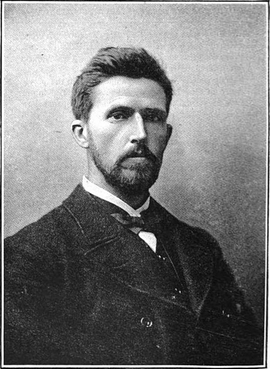
Frederick Stanley Arnot was a British missionary who did much to establish Christian missions in what are now Angola, Zambia and the Democratic Republic of the Congo (DRC).
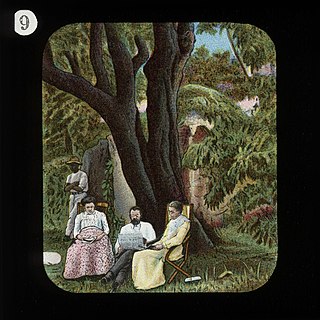
Mary Livingstone was the wife of the Scottish Congregationalist missionary David Livingstone. She was a linguist, an experienced traveller, and managed the household affairs including missionary stations and infant school.
Lake Uniamési or the Uniamesi Sea was the name given by missionaries in the 1840s and 1850s to a huge lake or inland sea they supposed to lie within a region of Central East Africa with the same name.

















